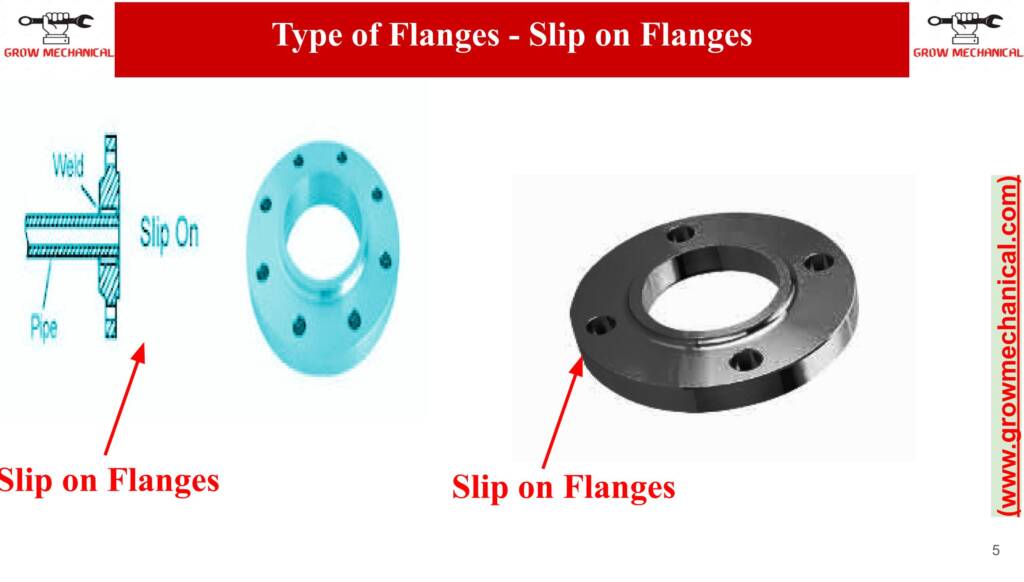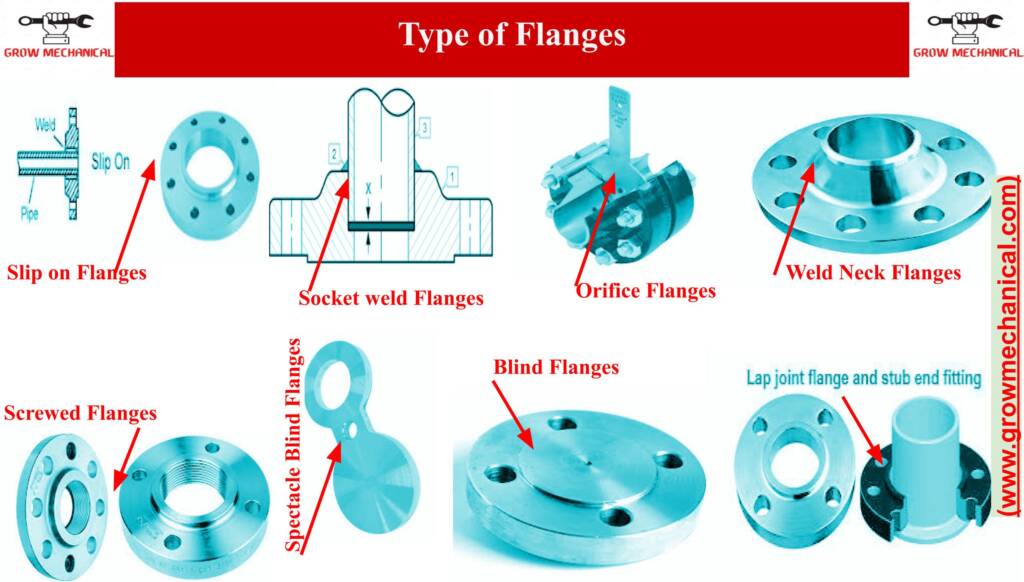What are Blind Flanges?
A blind flange is a type of pipe flange that is designed to fit over the end of a pipeline and block off the flow of gas or liquid. This guide will provide you with an overview of what blind flanges are, as well as how to install, remove, and maintain them.
A blind flange is a type of sealing device that firmly presses two mating surfaces together to prevent the passage of liquids or gases from one side to the other. It is typically used in plumbing, industrial maintenance, and construction projects. It uses bolts to firmly attach and seal two flanges together with gaskets in between them for added protection against leaks.
Blind flanges are used to seal off a pipeline that is no longer in use. They are installed on the end of the pipe and are designed to be highly reliable, while also providing durability and corrosion-resistance. Blind flanges come in a variety of styles, so you should take the time to find one that works for your needs.
The Uses of Blind Flanges
Blind flanges are primarily used for closing off a pipe that is no longer in use, whether due to seasonal shutdowns or the end of a job. They can also be used in applications that require full maintenance access while keeping their surrounding area free from moisture and debris. Additionally, they provide an extremely tight seal so that no fluids can escape, making it ideal for systems where environmental cleanliness is essential.
Installation of Blind Flanges
Installing a blind flange properly is essential for ensuring a tight seal and minimizing the need for future maintenance. To install a blind flange, begin by ensuring that the pipe-end is clean prior to fitting the flange. Then, use bolts and studs to mount the blind flange onto the pipe securely. Make sure to evenly tighten all of the studs or bolts in order to avoid any distortion or leakage in the seal created by the fitted blind flange.
Uninstalling and Removing Blind Flanges
Uninstalling a blind flange can be just as important as installing one. To uninstall a blind flange, it’s important to first ensure that all of the bolts or studs are equally loosened before removing any of them. This will help to prevent distortion and other issues that could arise when taking off the blind flange. Once all of the bolts have been loosened, carefully remove the blind flange while being careful not to hurt yourself or any surrounding objects in the process.
Types of Blind Flange Connections
Blind flanges come in different types and styles such as slip on, threaded, and welded. Slip-on blind flanges are the most common, although welded blind flanges provide the most secure connection. The type of connection you choose depends on your application’s specific needs. In general, threaded connections do not provide a high pressure seal and require regular maintenance while welded connections are strong but can be difficult to install due to welding requirements.
A blind flange is a type of pipe flange that is designed to fit over the end of a pipeline and block off the flow of gas or liquid. This guide will provide you with an overview of what blind flanges are, as well as how to install, remove, and maintain them.
2. Types of Blind Flanges
There are several types of blind flanges available, such as weldneck and threaded blind flanges. Weldneck blind flanges require welding and are often used in pressure vessels and chemical plants. Threaded blind flanges have internal threads which are screwed into place on both sides of the joint and fitted with a special gasket to ensure proper sealing. Since they don’t require welding, these are more popular and economical than weldneck blinds.
3. Uses for Blind Flanges
Blind flanges are commonly used in a number of applications including instrumentation lines, food-grade piping systems, chemical industry processes, water systems, HVAC systems, wastewater treatment facilities, plumbing fixtures in homes or offices and more recently for natural gas pipelines. In all these applications it serves as an essential valve component providing shut-off access points, testing points or lubrication ports all while preventing air from entering into pipelines that can cause contamination and bacteria buildup within them.
4 Advantages Of Using A Blind Flange:
The advantage of using a blind flange is that it allows maintenance or repair without having to dismantle any pipes or disconnecting any existing joints underneath the line; simply install or remove the bolt form the hand wheeled valve to open or close it -all without having to shut off important services affected by it such as gas supply , water supply etc .Another advantage is its economy compared to full port valves – ideal when there’s an existing connection lining up but still needing isolation options during emergency repairs or sudden closure due to breakdown etc .They also provide excellent leak protection present with its tight seal thus preventing pollution & hazardous situations caused due damage & happening due to leakage .
5 How To Install A Blind Flange?
Installing a blind flange involves firstly preparing the surface like removal of rust etc followed by marking out drill holes based on measurements given in datasheets .Thoroughly clean inside & outside diameter along with bolt holes before installation , apply thread tape /sealant if needed before inserting screws .Ensure all fittings are free from contaminants /burrs before screwing on bolts amd sealing nuts carefully finger tighten each nut alternatively until relatively equal tightness , use appropriate torque wrench during final tightening ensuring that no distortion occurs during tightening process (this may lead leaking gaps).Finally PTFE tapes /fiber fillers need be used at joints , secured properly otherwise debris clogging may occur leading unexpected leaks later on




